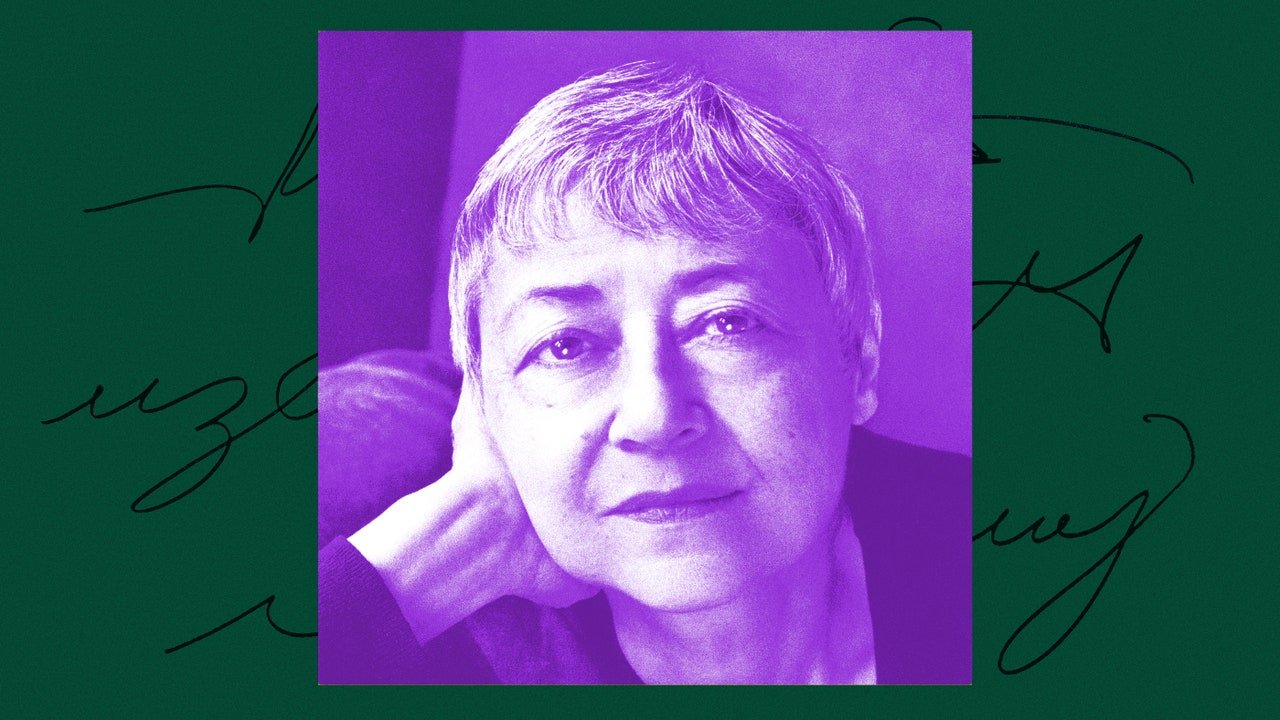
Your story “Greensleeves” begins in the middle of a conversation between a woman and a male therapist. We don’t find out the context of the conversation until several hundred words later. What made you choose that kind of in-medias-res opening?
Sometimes I find that it can be interesting to begin a story with some ambiguity about what’s going on. It happens in real life all the time: you perceive something one way and then, with a little more information, you discover you’ve read it all wrong. At first, it seems as if the woman and the therapist are having a session in his office, rather than having just met at a party, and it’s unsettling. My hope was that this opening scene would be sufficiently odd and intriguing to make the reader eager to read on.
Throughout the story, we see events and moments (sometimes the same events and moments) both from the perspective of the therapist and from the perspective of the woman, in close third person. Is it challenging to write that way?
It is challenging, and I rarely do write this way. It’s always easier for me to stay in a single character’s consciousness. But these shifts in perspective weren’t planned. They happened quite naturally in the course of writing, and as they seemed to be working I was happy to go with them.
At the beginning of the story, the woman is interested in the therapist because she thinks he can advise her on her brother’s mental health. The therapist is very resistant to engaging with her. Why?
The therapist is resistant to engaging with her—or with anyone—at the party because he doesn’t want to be there in the first place. He came only because he didn’t know how to say no to the neighbor who invited him. He doesn’t know any of the other guests, he’s bored and distracted by worries about his daughter, who’s suffering from serious depression, and he just wants to leave as soon as he can politely do so. But, though the woman can tell this is how he feels, she persists.
What changes? Why are the two of them suddenly drawn to each other?
Not much changes for the woman. She may find the therapist attractive, but she always has an ulterior motive. She’s decided that he could make a good ally in getting help for her brother, and that he might also be useful to her for the documentary she’s working on. Would she have pursued him so aggressively otherwise? I don’t think so. As for the therapist, it’s when he’s alone with her that he sees something he didn’t see earlier, a certain radiance that he attributes to her love for her brother and her passionate resolve to save him. It’s that pure love that moves the therapist, who’s just separated from his wife and is feeling especially lonely and vulnerable, and that makes the young woman beautiful and desirable to him.
Because of the therapist’s profession, the story refers to various forms of mental illness, including “pre-traumatic stress disorder” relating to climate change. What made you want to investigate these subjects in fiction?
It’s been said that an inability to deal with the future is a sign of mental illness, and, if that’s true, just about everyone I know is mentally ill, at least to some degree. I don’t see how it’s possible to live today without feeling heightened anxiety about the future. Warnings about climate change, environmental degradation, political chaos, and the potentially catastrophic dangers of A.I. pile up every day. I am particularly haunted by the fact that more and more young people seem to be questioning the wisdom and even the ethics of having a child. It says everything, perhaps not about the future—in which, let us hope, the worst of our fears will not be realized—but about the way we live now. And, of course, it’s the young who have the most at stake, and who are in the greatest danger of suffering from pre-traumatic stress disorder.
Why did you resist giving the three characters in the story—the young woman, the therapist, and the host—names? How would names change the narrative?
When I write a piece of fiction, I don’t decide ahead of time whether the characters will be named or not. Sometimes names come to me as I write and I keep them, and sometimes they don’t come and I find it’s better to do without them. And more than once it has happened that I have named a character and then, for some reason, that threw everything off. Somehow the name felt inauthentic, and I had trouble writing about that character. Changing the name didn’t help. I needed to get rid of it. And, once I did that, the trouble went away. Why this should be is a mystery to me, but I’ve discovered that I’m not the only writer who’s had this experience.
The young woman wears a green dress and the therapist refers to her in his mind as “Lady Greensleeves,” after the old English folk song. The song itself provides the ending of the story. How did it work its way in for you? Why does it resonate with this story?
I’ve loved that song since I was a girl. I even sang it once in a high-school performance. The therapist thinks of the young woman as “Lady Greensleeves” because of her dress, but toward the end of the story, the morning after they’ve spent the night together, he finds the song playing in his head. He remembers it as a beautiful love song, which, in his youth, he learned to play on the guitar. The song kept playing in my head, too, while I was writing the story. The therapist decides to Google “Greensleeves,” which is exactly what I did when I reached this point in the story, and that was how I found my ending. ♦
Source link






